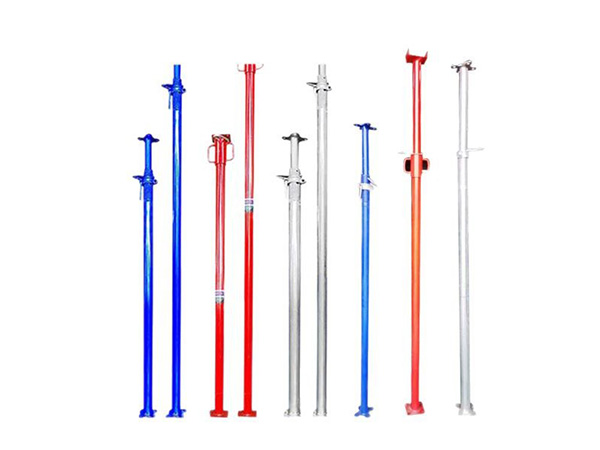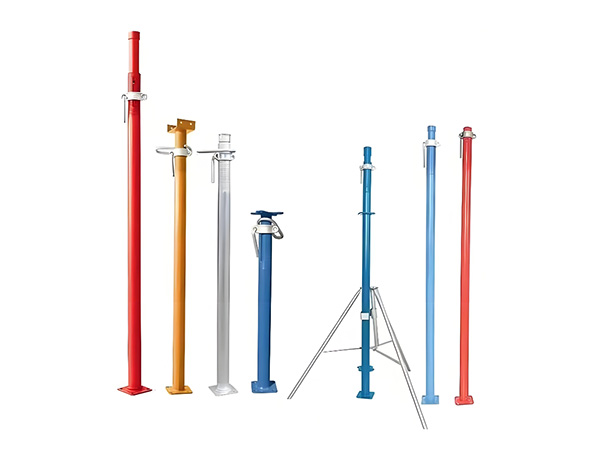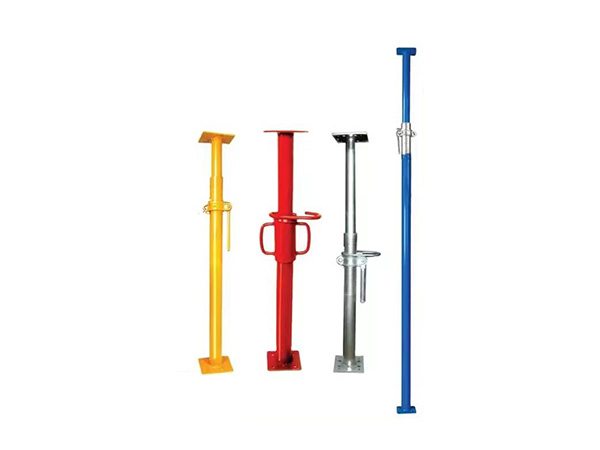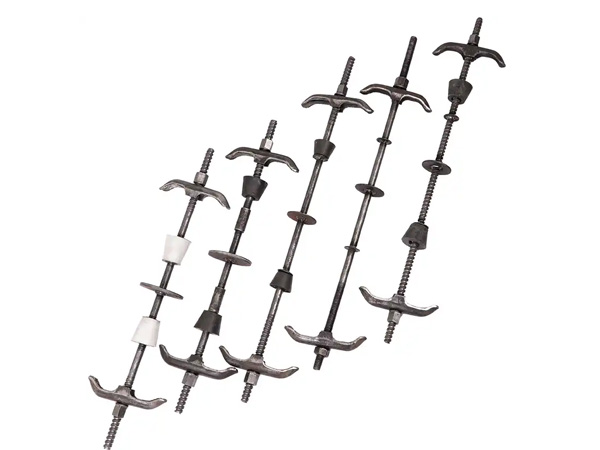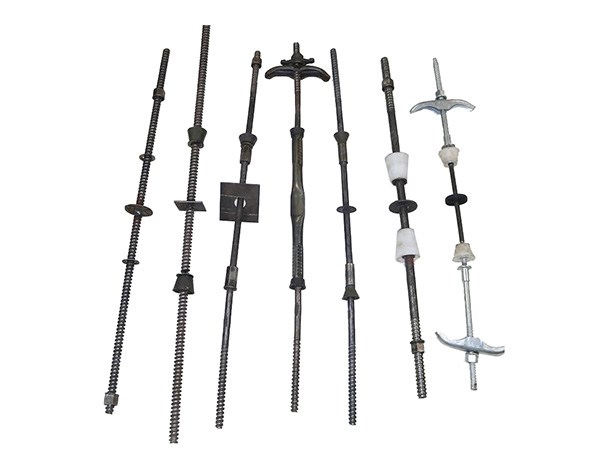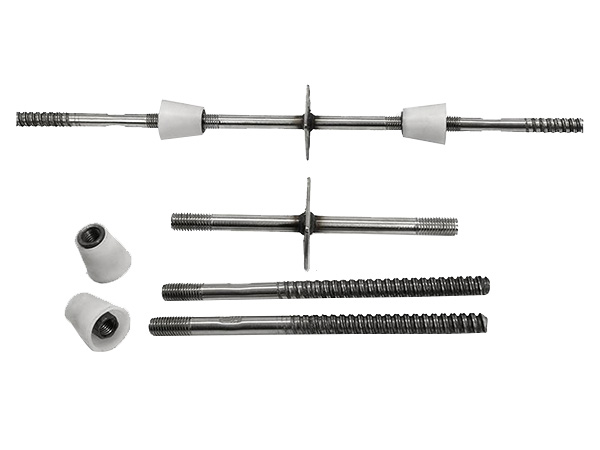- Site Navigation -
NEWS LIST
What is the Difference Between Swivel Couplers, Right-Angle Couplers, and Sleeve Couplers?
Author:yicheng Date:2025-09-03 17:34:22 Hits:189
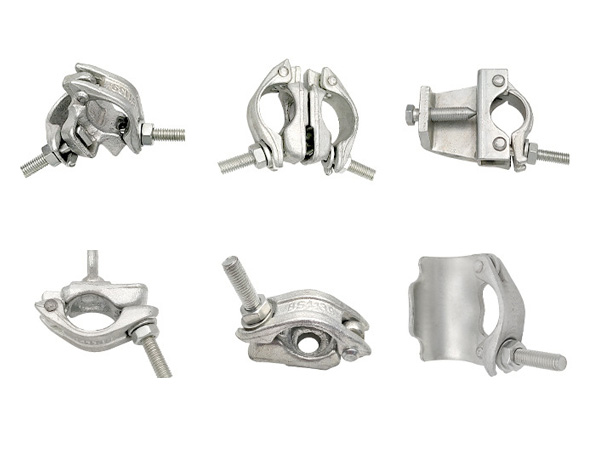
The Difference Between Swivel Couplers,Right-Angle Couplers,and Sleeve Couplers
Swivel,right-angle,and sleeve couplers are all core scaffolding hardware,but they differ sharply in design purpose,connection angle,and use case—each is engineered to solve a specific scaffolding assembly challenge.Below is a detailed breakdown of their unique roles:
1.Core Definition&Primary Function
Right-Angle Coupler(Fixed):Its sole purpose is to rigidly join two scaffolding tubes at a strict 90°angle,with no room for rotation.It’s designed for non-adjustable,square connections,which are critical for building stable scaffold frames that won’t shift under load.
Swivel Coupler:This type joins two tubes at a near-90°angle but allows limited rotation(typically±15°).Its key value is adding flexibility—it can align with slightly misaligned tubes(e.g.,from uneven building facades or minor tube bending)while still maintaining structural integrity.
Sleeve Coupler:Unlike the other two,it connects two tubes in a straight,in-line extension(0°angle,sharing the same axis).It exists solely to lengthen tubes and is never used for angular connections.
2.Design&Structural Features
The physical design of each coupler directly reflects its function,especially in adjustability and load distribution:
Right-Angle Coupler(Fixed):It has two rigid,perpendicular jaws—one for vertical scaffold standards(poles)and one for horizontal ledgers.A single high-tension bolt secures the jaws,and once tightened,the 90°angle is fixed to prevent lateral shifting.It’s usually made of drop-forged steel(with a tensile strength of at least 20kN)to handle compression,shear,and the weight of workers/equipment.
Swivel Coupler:It shares a similar jaw structure to fixed right-angle couplers but adds a rotating pivot joint between the two jaws.This pivot lets the jaws swivel slightly off 90°to match misaligned tubes.Importantly,its load rating is the same as fixed right-angle couplers when used at 90°—the swivel range is only for alignment,not for creating non-90°structural connections.
Sleeve Coupler:It’s a cylindrical steel sleeve(matching the standard scaffolding tube diameter of~48.3mm)with two set screws or bolts drilled through the side.Tubes are inserted into both ends of the sleeve,and the screws clamp down to secure them,ensuring the tubes stay on a single straight axis.Its cylindrical shape means it can’t bend or rotate—only straight extensions are possible.
3.Key Use Cases(When to Choose Each)
Their distinct designs make them non-interchangeable—using the wrong type risks scaffold instability:
Right-Angle Coupler(Fixed):Ideal for building the“skeleton”of standard rectangular scaffolding.For example,it connects vertical standards to horizontal ledgers in straight,square bays,which is common in indoor/outdoor projects like wall construction,painting,or maintenance—scenarios where tubes can be perfectly aligned at 90°.
Swivel Coupler:Best for scaffolding attached to irregular surfaces(e.g.,curved walls,sloped roofs)or when tubes are slightly bent(but still usable).It’s often used in repairs of old buildings with uneven facades or temporary scaffolding where precise tube alignment is hard to achieve.
Sleeve Coupler:Used exclusively to extend tube length when standard sizes(2m,4m)are too short.Examples include lengthening vertical standards for multi-story scaffolding,extending horizontal ledgers for wide bays,or repairing damaged tubes(by trimming the broken end and joining the remaining sections).
4.Load-Bearing&Safety Considerations
Right-Angle Coupler(Fixed):It’s built to handle compression,shear,and lateral forces—critical for supporting the scaffold’s overall weight.When inspecting,check for bent jaws or stripped bolts:these can break the fixed 90°alignment and weaken the connection.
Swivel Coupler:When used at 90°,it has the same load rating as fixed right-angle couplers,but its capacity drops if swiveled to the maximum range.Inspection should focus on the pivot joint—wear here can create a loose connection.It can substitute for fixed right-angle couplers in alignment-challenged areas,but fixed couplers can’t replace swivels.
Sleeve Coupler:It only handles tension and compression along the tube’s axis—it offers no resistance to lateral forces.Inspect for cracked sleeves or worn set screws:these can cause tubes to slip.It can never replace angular couplers(swivel or fixed right-angle).
Summary
In short:
Use fixed right-angle couplers for rigid,square scaffold frames where alignment is perfect.
Use swivel couplers for flexible 90°connections on uneven surfaces or with misaligned tubes.
Use sleeve couplers only to extend tubes in a straight line.
All three must comply with standards like EN 74-1(EU)or OSHA(US)for safety—never use damaged or uncertified couplers.







